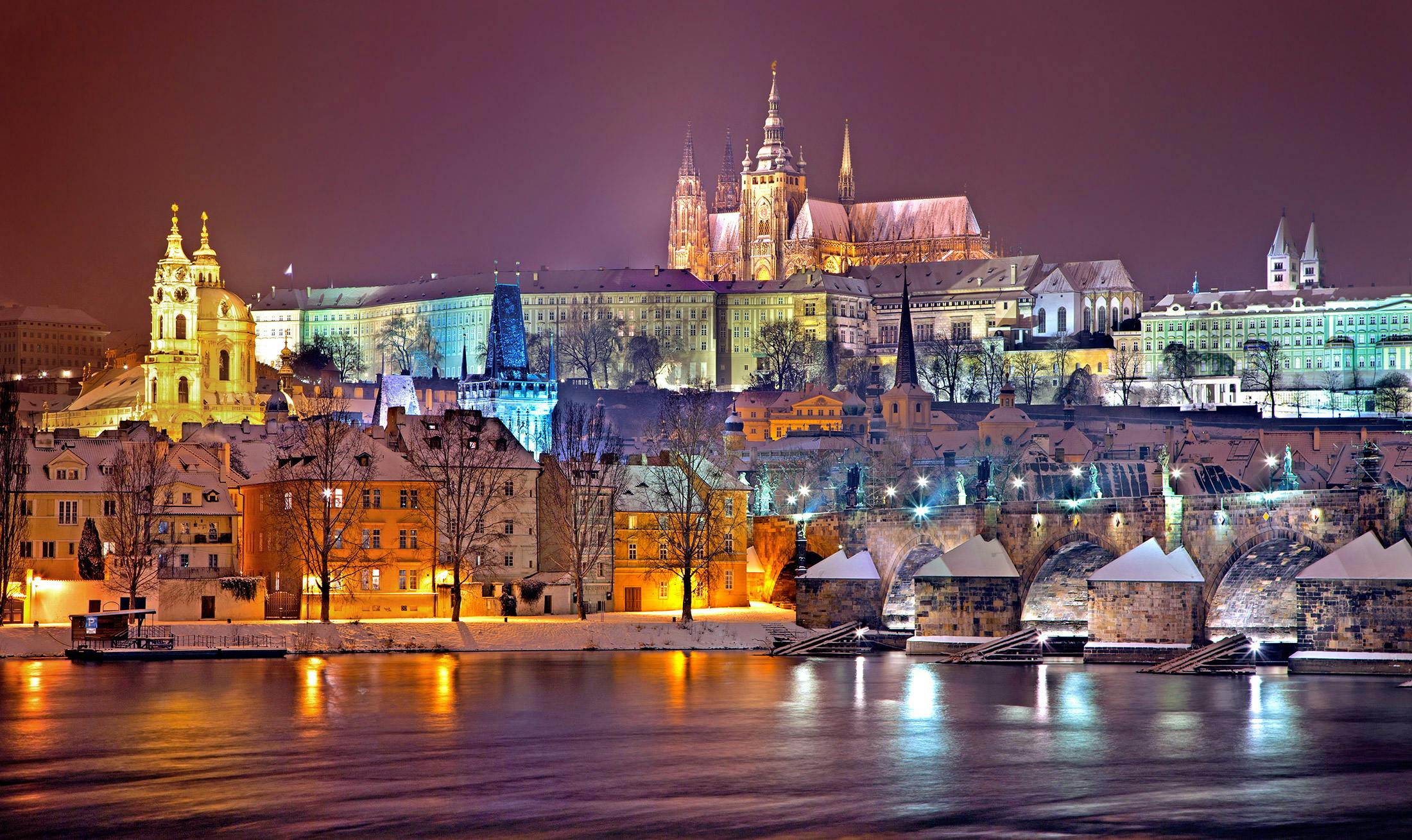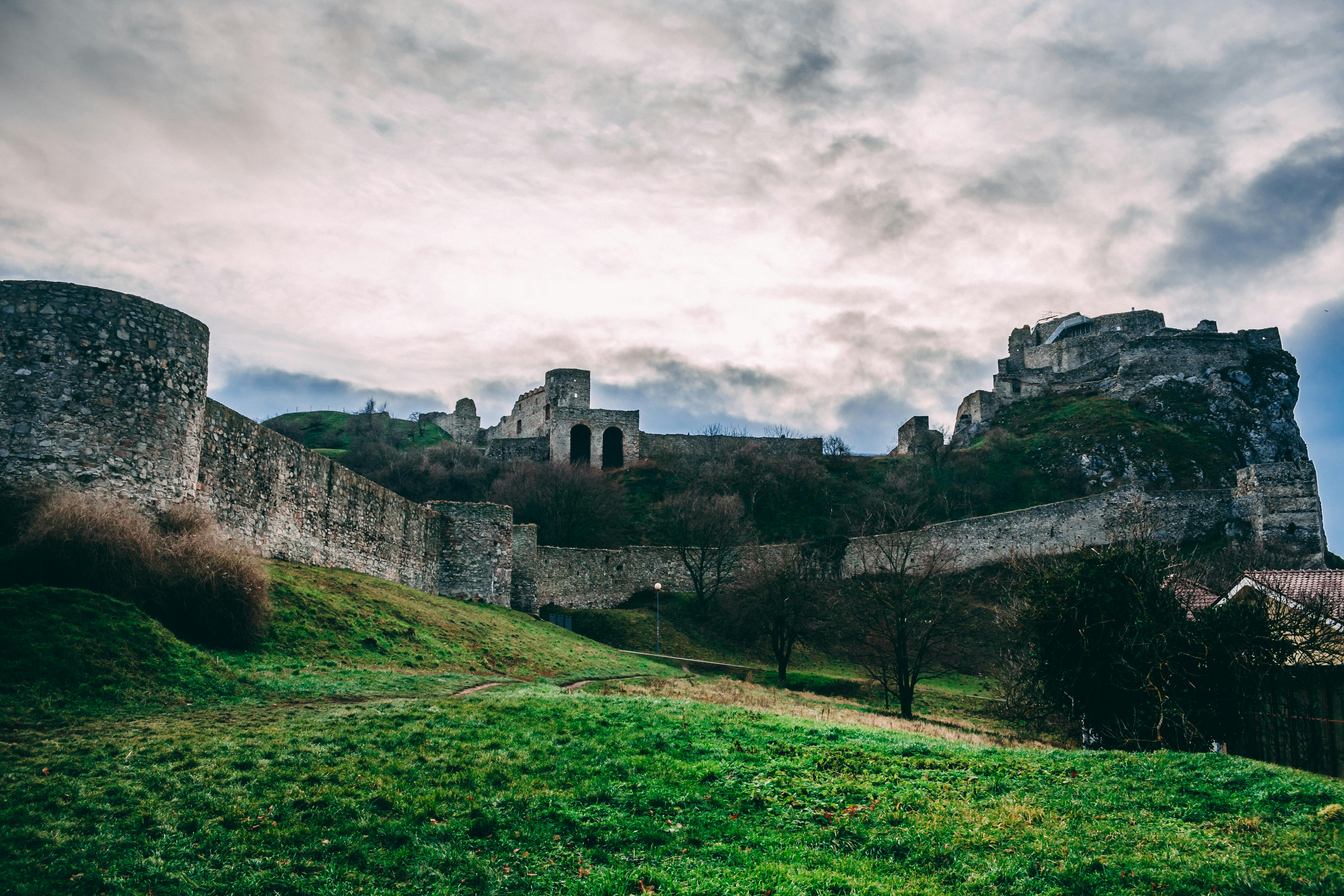With the benefit of 150 years of hindsight, we can recognize today that the completion of the Union Pacific Railroad in 1869 was of greater importance to the people of the United States, culturally, socially, and economically, than the inauguration of steamboat service through of the Atlantic or the laying of the telegraph cable of the Atlantic Ocean.
In an age of interstate highways and rapid air travel, it’s hard to imagine how isolated the parts of the United States furthest from the oceans were, even in the mid-1800s. The most optimistic of our early presidents, Thomas Jefferson, referred to the “tremendous and trackless deserts” in the Louisiana Purchase. The explorer Zebulon Pike compared these lands to “the sandy wastelands of Africa.” Daniel Webster stated that the Wyoming Territory is “not worth a hundred”, being, moreover, “a country of savages, wild beasts, quicksand, dust whirlpools, cacti and prairie dogs”.
Maps of North America up to 1900, three decades after the railroad connecting New York to San Francisco opened, showed 500,000 square miles ominously labeled the “Great American Desert,” a name invented 75 years earlier by a government surveyor. . This desert covered almost a sixth of the 45 states of the young American republic, together with the still untamed territories of Oklahoma, New Mexico and Arizona, lands admitted to the Union only after the beginning of the 20th century.
It was Jefferson who deserves credit for being the first to take steps to open a trade route between the Eastern and Pacific states. While in France in 1779 as United States Minister at Versailles, he asked John Ledyard to conduct a survey for him, but Ledyard was unable to carry it out. Over the next seven decades, a distinguished line of forward-thinking Americans sought to find a way to bridge America’s West and East, and their stories are preserved in a handful of excellent 19th-century histories.
Accounts of the creation of the Panama Canal and the forging of the transcontinental railroad were best sellers in the Roosevelt and Taft administrations. No more. Unfortunately, we have forgotten this part of the American fairy tale. And it was a pleasure that I got a glimpse of the transformative nature of the rails that unite the two coasts of the North American continent from William Francis Bailey. The history of the first transcontinental railroad, (Pittsburgh: 1906), The Pittsburgh Printing Company. I read the book on a Kindle, downloaded from Project Gutenberg. I also downloaded a facsimile copy of the book itself from the Internet Archive so that I could look at the text and “feel” the book.
This is a story filled with eccentric and visionary characters, including Asa Whitney, nicknamed the “Father of the Pacific Railroad.” He was an American trader with extensive experience abroad, primarily in China. He proposed to Congress that the United States cede to him a strip of land sixty miles wide, with the railroad as its backbone, from Lake Michigan to the Pacific coast. Whitney proposed using the “settlement” proceeds (his word of it) from this windfall of land with European immigrants (to whom he would sell the land adjoining the railroad) to pay for the tracks, retaining the remaining surplus for the private fortune of he. Whitney was tireless, traveling from Maine to the end of the Missouri River at a time when visiting Missouri was akin to exploring the Nile.
Although the Senate Committee on Public Lands approved Whitney’s proposal in 1848, the bill “Authorizes Asa Whitney, his heirs or assigns, to build a railroad from any point on Lake Michigan or the Mississippi River that he may designate, in a nearly straight line as far as possible, to some point in the Pacific Ocean where a port was made” failed the vote of the full Senate primarily because it was considered, along with the $4,000 annual salary Whitney demanded, simply too rich a deal for Whitney.
A Missouri senator opposed the measure because it “would give away an empire larger than eight of the original states with a sixty-mile waterfront, with hiring and patronage powers greater than those of the President of the United States.” It was a fair criticism. Asa Whitney didn’t get the “empire” from him. If Whitney had succeeded in his plan, his “heirs and assigns” would now own more US acreage than anyone other than the federal government itself. Congress subsequently decided to undertake the railroad as a national enterprise, not as a private company controlled by a single private citizen.
So what actually happened to unite the two coasts? What exactly do we mean by the “Transcontinental Railroad”? It first appears as a dream in the minds of men like Abraham Lincoln and his predecessors, often called “the land route to the Pacific Ocean” or the “Pacific Railroad.” In that era, it was as ambitious a technological feat as landing on the moon a century later. It required laying some 1,905 miles of contiguous track, beginning in 1863 and continuing at a frenetic pace for six years, culminating in a ceremony at Promontory Summit in Utah on May 10, 1869, an almost religious gathering in its intensity, in which the last The spike (it’s made of silver, and cautiously removed the same day for display at railroad headquarters!) crashed into the final mooring to join the eastbound and westbound tracks. Soon a locomotive could pull a long train from the port of New York to the port of San Francisco.
As automobiles began to move east and west, the nation suddenly had fast, reliable, and inexpensive mechanized technology for moving people and cargo anywhere in the country within reach, by horse or cart, of the new stations. along the railway route. The railroad “shrinked the nation” and made it possible for Horace Greeley and other journalistic philosophers of the day to reasonably suggest to claustrophobic Easterners that they “Go West” to make their fortunes. Before the railroad, that meant taking nine months or more on a mule-drawn cart to reach the Pacific. In the decades after the union of the Atlantic and Pacific coasts by rail, distant and sparsely populated “territories” were admitted to the Union as new states, greatly increasing the size and prestige of the United States.
Bailey’s narrative is elegant and informative. It would be hard to overstate the importance of the transcontinental railroad as a feat of technology and cunning economic development, undoubtedly surpassing the digging of the Erie Canal in the 1820s and the creation of that skein of rails that spanned the East Coast. while the American West was still considered “wild” and as unexplored as central Africa.
It was a magnificent highway for trade and travel that led directly to the establishment and incorporation of California, Nevada, Oregon, Colorado, Utah, and Wyoming as states of the ever-expanding American republic.
Bailey’s story is also concise, a mere 140 pages in the lovely Pittsburgh Press edition recreated electronically by Google. What I enjoyed most about Bailey’s writing was the sense of excitement he conveyed about this incredible reinvention of America, similar to the excitement I myself felt as a teenager watching lunar missions unfold on CBS television.
This book should be read and reread not as an onerous task, to reacquaint ourselves with an important chapter of American history, but simply because it is exciting and fun. It is a story that deserves to be fresh in our consciousness of our country and the people who established it.



